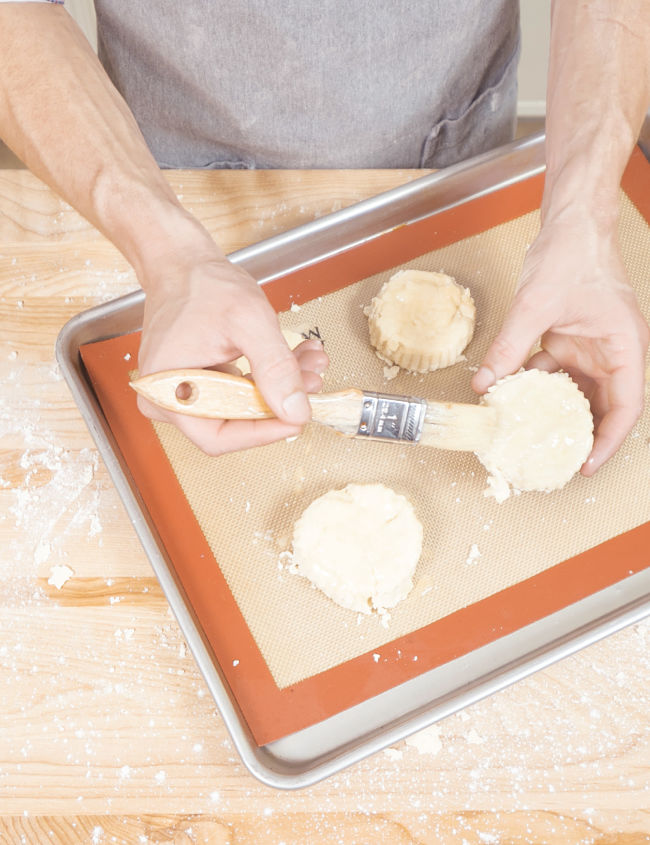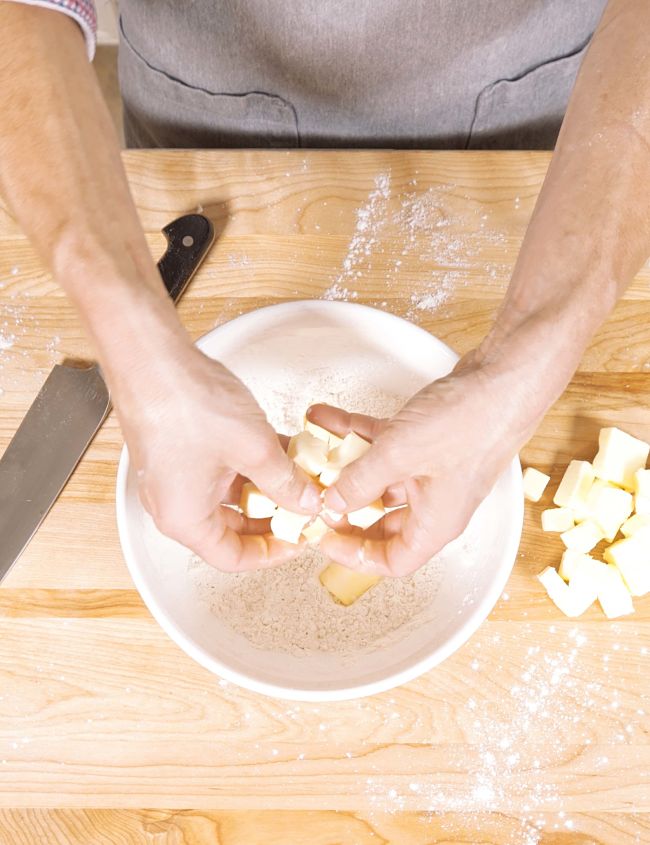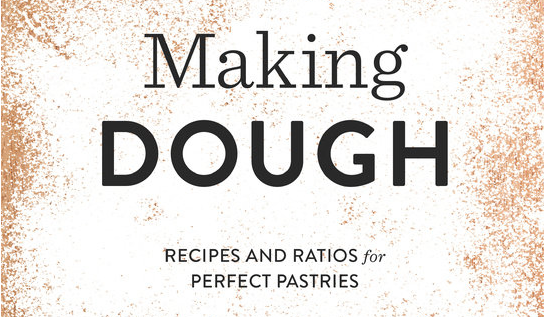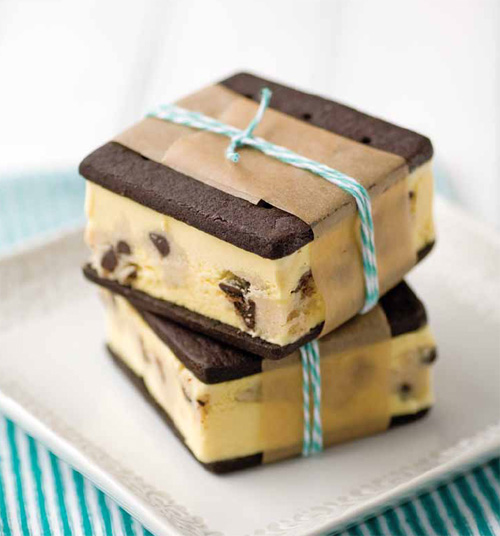Recipe: Biscuit Dough
Excerpted from our Making Dough Cookbook by Russell van Kraayenburg.
YIELD: 1 pound | PREP TIME: 20 minutes | BAKE TIME: 12 minutes
Ingredients
6 ounces cake flour
2 ounces bread flour
1 teaspoon salt
4 teaspoons baking powder
3 ounces (6 tablespoons) unsalted butter, cold
½ cup plus 2 tablespoons milk
Mixing the Dough
There are two ways to mix biscuit dough: by hand or using a food processor.
By-Hand Method
1. Mix flours, salt, and baking soda in a large bowl.
2. Chop butter into 1/2-inch cubes. Add to flour mixture.
3. Using your fingers or a pastry cutter, pinch or cut butter into flour, breaking it into pieces about the size of coarse cornmeal. If using your hands, work quickly to prevent butter from melting.
4. Add milk and stir 10 to 20 times with a wooden spoon, until dough just begins to come together.
5. Place dough on a very lightly floured surface. Knead 4 to 5 times, until it just holds its shape. Take care not to knead the dough too much or add.
Food Processor Method
1. Pulse flours, salt, and baking soda in the bowl of a food processor to combine.
2. Chop butter into 1/2-inch cubes. Add to flour mixture. Pulse for 1 to 2 seconds 8 to 12 times, until mixture resembles coarse cornmeal.
3. Add milk and pulse 2 to 4 times, until dough begins to come together. It will form a few large chunks and many small ones.
4. Transfer dough chunks to a very lightly floured surface and push together. Knead 3 to 5 times, until dough just holds its shape. Take care not to knead the dough too much or add too much flour, which can make the biscuits tough.
Why Cake Flour?
The American South enjoys a growing season that is relatively long and free of harshly cold weather, so less hardy varieties of wheat can be grown there. The resulting flour has a lower protein content, which is responsible for the cakey biscuits associated with that region. The similarly low protein content in cake flour will consistently produce these classic soft biscuits.
How to Handle Leftover Dough
When using a cookie or biscuit cutter to cut out round biscuits, you’ll inevitably have leftover dough. Instead of kneading the leftover pieces together before rerolling the dough, stack them in layers and then roll the stack. Every time you knead or roll dough, it will become tougher. Stacking it helps delay the toughening.
Storage
Bake immediately, or store in an airtight container. Refrigerator: 2 days. Freezer: 1 month.
Qualities of Good Biscuit Dough
THE DOUGH: Biscuit dough should be dry but easy to manipulate. You should also see small dots of butter throughout the dough.
THE PASTRY: Once baked, biscuits should be tender. The outside crust should be firm and crumble easily, and the crumb inside should be soft.
Adding Mix-Ins
Throwing in some mix-ins—such as herbs or spices, lemon zest, a small pile of cheese, or a big pile of bacon—is a snap. Biscuit dough can handle it! So long as your add-ins are dry, they won’t affect the dough ratio.
Making Classic Butter Biscuits
Position a rack in the center of the oven and preheat oven to 425°F. On a lightly floured surface, roll prepared dough with a rolling pin until ¾ inch thick. Cut out 2½-inch disks with a cookie or biscuit cutter, or simply pull off small handfuls of dough for a more rustic look. Stack pieces of leftover dough, roll dough again, and cut out more disks. Repeat until all the dough is used. Place biscuits on a parchment paper–lined baking sheet spaced at least 1 inch apart. Brush tops with melted butter. Bake for 12 minutes, until tops are just golden. Let biscuits cool on the pan
for 1 minute before transferring to a wire rack. Serve warm.
Russell Van Kraayenberg
Born and raised in Texas, RUSSELL VAN KRAAYENBERG may sit you down for a stern lecture if you confuse barbecue with grilling. His blog Chasing Delicious was a Saveur finalist for 2012’s best baking and desserts blog, and his work has been featured on such sites as Lifehacker, Co. Design, Business Insider, The Kitchn, Live Originally, The Daily What, Quipsologies, Neatorama, Explore, and Fine Cooking, among many other personal, cooking, design, and art blogs.



